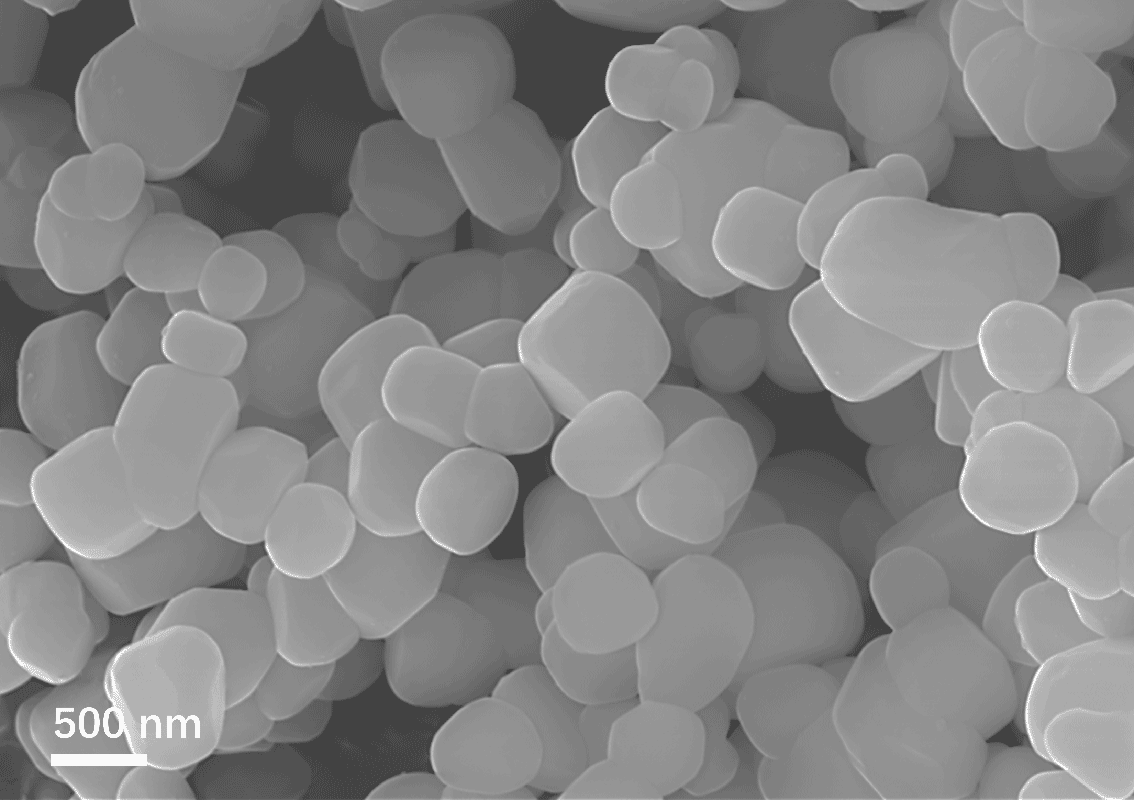



Xiamen Juci Technology manufactures aluminum nitride filler of various particle sizes, with the smallest particle size being 1 micron. The 1um single crystal AlN filler has fine primary crystals, high sphericity, fast flow rate, and low thermal resistance, making them ideal for blending with larger particles to improve the thermal conductivity of thermal interface materials.
Item No :
F-007Size :
1umOrder(MOQ) :
1KGProduct Origin :
CHINAColor :
Gray-white

| Item | F-05 |
| D50 (μm) | 1.2 |
| D90(um) | 2.0 |
| Particle shape | Near Spherical |
| Specific surface area (m2/g) | 2.7 |
| Bulk density (g/cm3) | 0.4 |
| Tap density (g/cm3) | 0.9 |
Application :

As electronic products and their components continue to evolve towards miniaturization and high integration, heat dissipation has become a key challenge for the advancement of electronic technology. In this context, thermal interface materials and other thermally conductive composite materials have received unprecedented attention. These materials are typically composed of organic substances and thermally conductive fillers. Since organic materials generally have a low thermal conductivity, usually less than 5 W/m·K, the thermal conductivity of thermally conductive composites mainly depends on the choice of conductive fillers.
The most widely used conductive fillers in the market are oxides such as Al2O3. However, the thermal conductivity of aluminum oxide itself is only 38~42 W/m·K, which limits the ability to fabricate thermal conductive composites that can meet the future demands of the heat dissipation materials market.
In comparison with oxides like Al2O3, AlN (aluminum nitride) shows obvious advantages. Its theoretical thermal conductivity reaches 320 W/m·K, far exceeding that of Al2O3. Moreover, AlN also has a small coefficient of thermal expansion, excellent insulation properties, a low dielectric constant, and a matching thermal expansion coefficient with silicon. For these reasons, using AlN powder as the raw material to prepare thermally conductive composite materials has become a research hotspot in recent years.
The particle size of aluminum nitride significantly influences the thermal conductivity of polymer composites. Specifically, larger aluminum nitride fillers have a smaller specific surface area, reducing the area of the interface layer and lowering the thermal interface resistance, theoretically improving the thermal conductivity of the composite material. On the other hand, smaller particle sizes provide higher packing density, which helps reduce voids and thus improves thermal conductivity.
So, is it better to use larger or smaller particle sizes? In fact, both excessively large and small particle sizes are detrimental to the improvement of thermal conductivity. Large particle fillers, due to their low packing density and uneven distribution, can actually reduce thermal conductivity. Smaller particle fillers may increase the number of interfaces, leading to higher thermal resistance, and they can easily aggregate, which increases the viscosity of the system, thereby affecting both the mechanical and thermal properties of the polymer.
To overcome this issue, researchers have proposed an effective solution: using a combination of different particle sizes. By mixing different sizes of aluminum nitride particles into the matrix material, large particles can form the main thermal conduction pathways, while small particles can fill the gaps between the larger particles, forming a more complex thermal conductive network and further enhancing the thermal conductivity of the composite material.
Tags :